Last updated: February 16, 2024
Article
Wildland Fire: Types of Jobs
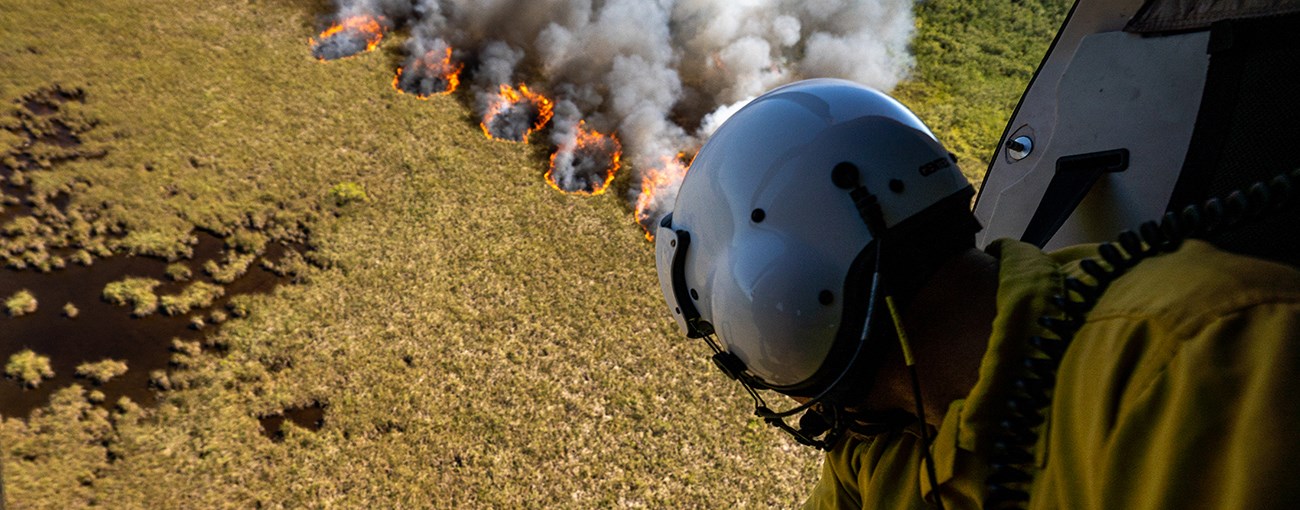
Looking for a job and/or a career which combines love of the land, science and technology skills, leadership and people skills? Then you may be the right person for a job or career in wildland fire management in the National Park Service.
The National Park Service Wildland Fire Program requires talented people working safely together to be successful. A large number of people work together for the common goal of fire management, fire prevention, and fire suppression.
The National Park Service’s fire program includes nearly 400 permanent employees and 600 seasonal employees. The service both assists and receives assistance from our partners to manage fires and to enhance resources and safety through fuels reduction projects. Whether directly managing fires on a fire crew or providing support on an Incident Management Team (IMT), NPS employees spend thousands of hours supporting the nation’s firefighting efforts.
There are many different specializations in the NPS Wildland Fire Management Program, some of which require special skills and training, and all of which require enthusiasm and dedication. This is a competitive arena which places physical and mental demands on employees.
Employees are hired for temporary and permanent jobs, year round depending upon the area of the country. As an employee’s competencies and skills develop, their opportunities to advance in fire management increases.
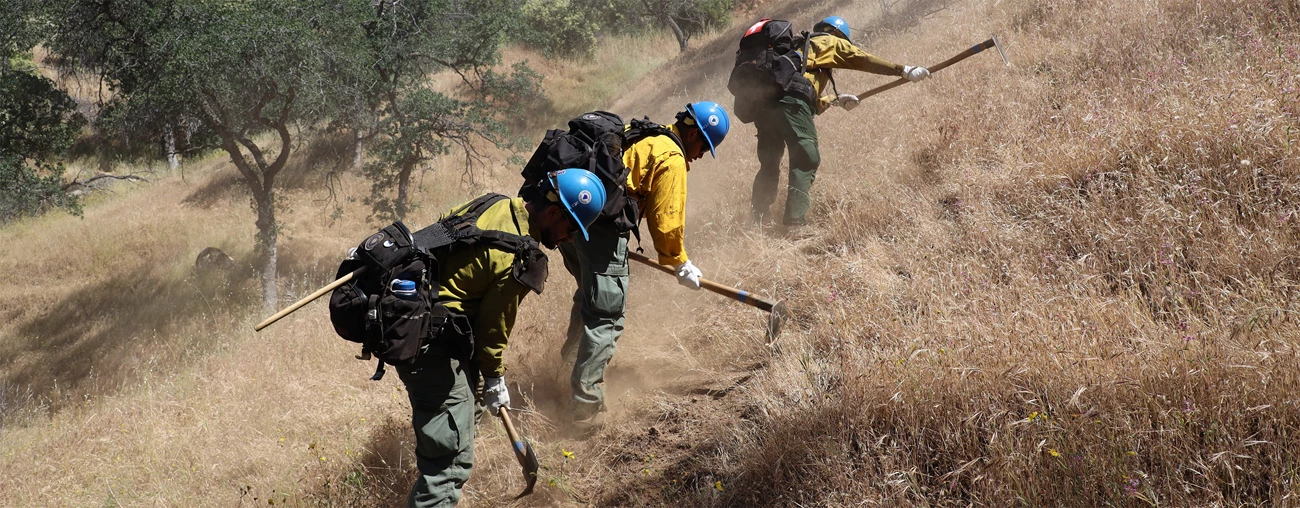
NPS
Firefighter
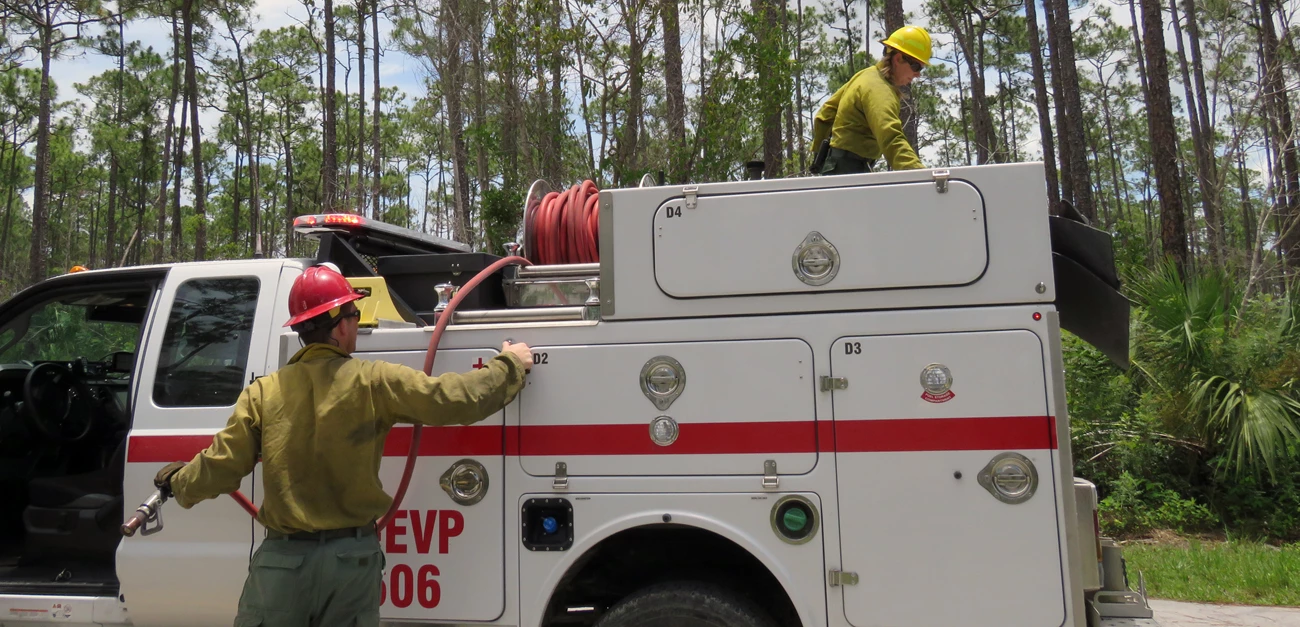
NPS
Engine Crewmember
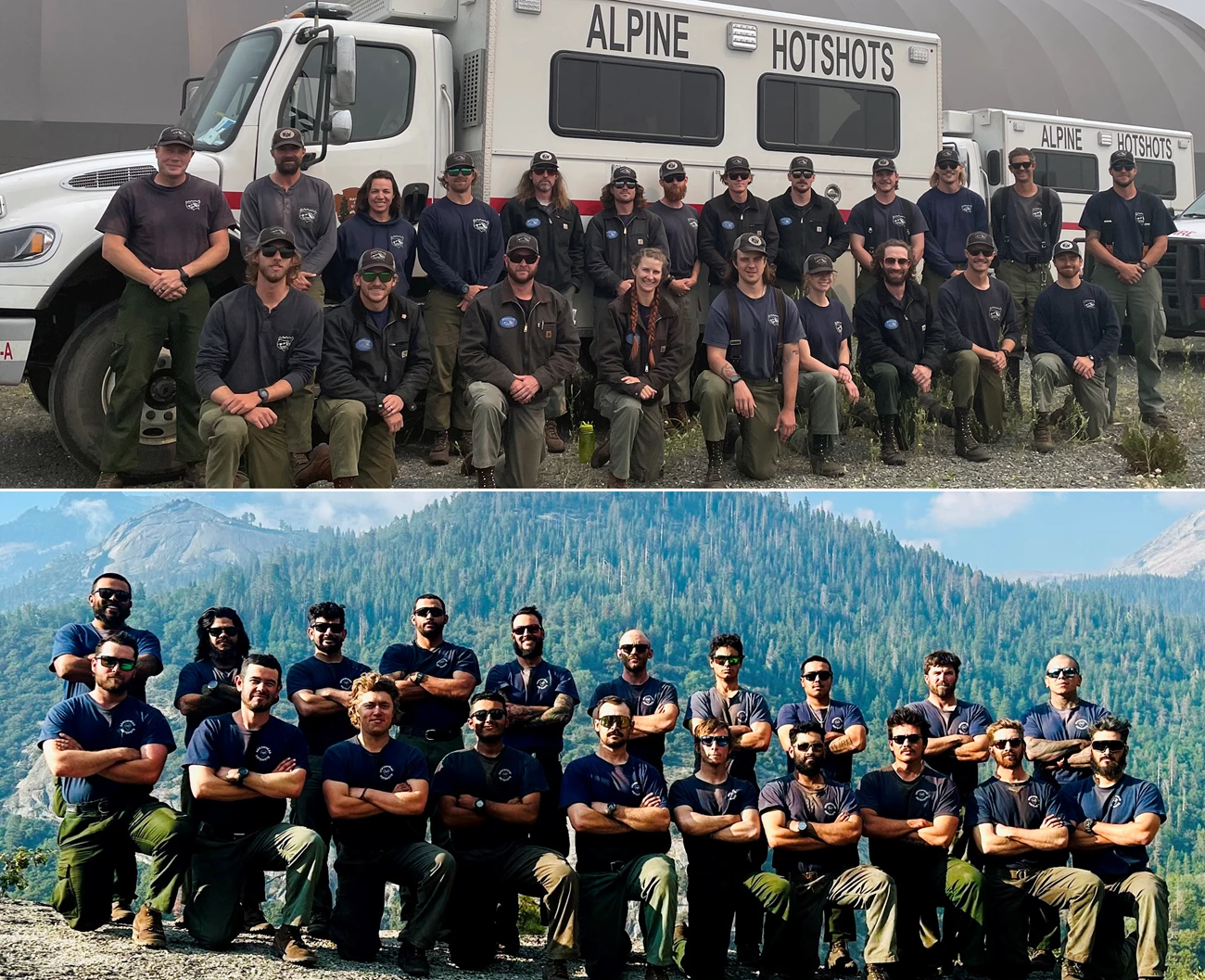
NPS
Hotshot

DOI/N HERBERT
Smokejumper
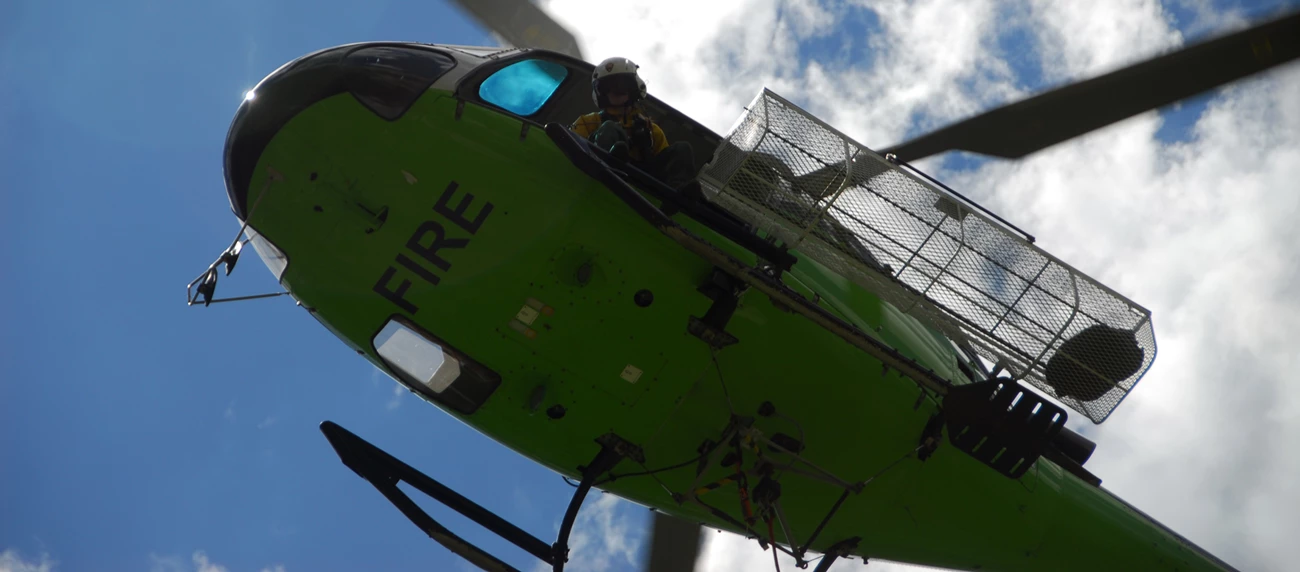
NPS
Helitack
Helitack crews are wildland fire suppression firefighters specializing in helicopter operations. These firefighters are delivered to fires via helicopter and suppress wildfires with hand tools and chainsaws. Helicopters can be equipped with a bucket or fixed tank to drop water or retardant during firefighting operations. They deliver helitack crews for initial attack, and transport personnel and cargo in support of fires.
Some helitack firefighters are trained to rappel from the helicopter to reach fires in remote locations. A helitack crew provides land management agencies with a safe, highly skilled and a productive aerial firefighting resource. The crew can range in size from an 7 to 24 persons. Helitack crews may also be used to support prescribed fire operations or special projects requiring helicopters.
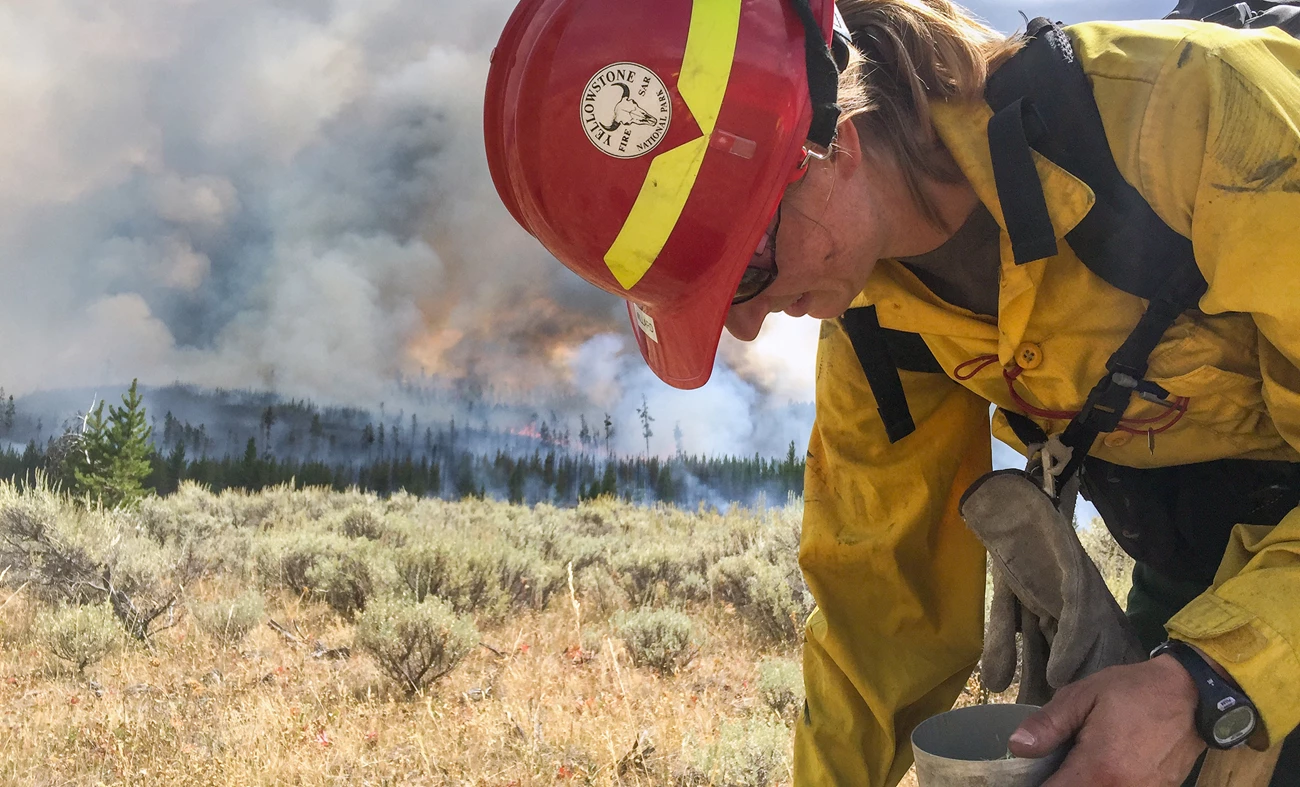
NPS/N HERBERT
Wildland Fire Module
Wildland fire modules are 7 to 10 person fire crews that can assist in planning, fire behavior monitoring, ignition, holding, project preparation and execution. Often, modules are assigned to wildfires that are being managed for objectives outside of full and immediate suppression using strategies such as confinement. They provide expertise in areas of fire effects monitoring, ignition, holding, line construction, and long-term planning.
Wildland fire modules must be self sufficient for extended periods of time and perform many of their functions in remote areas of fires or wilderness areas. Wildland fire modules possess a unique skill-set that can help fire managers achieve objectives when managing fires for multiple objectives.
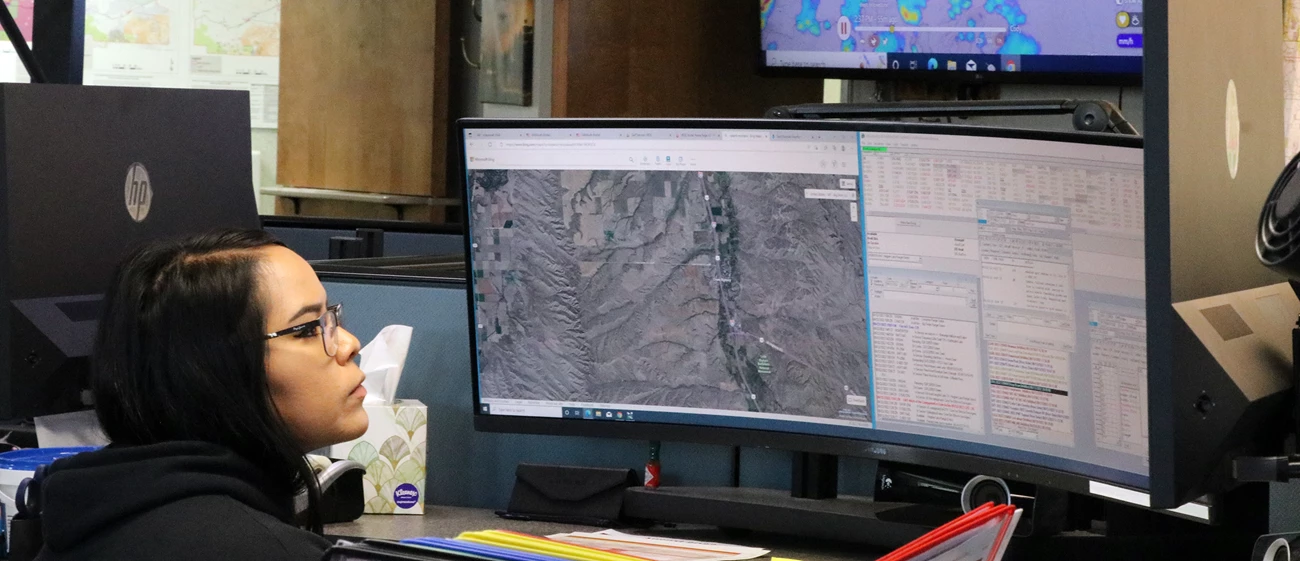
Image courtesy of Joe Ritz, Bureau of Land Management
Dispatcher
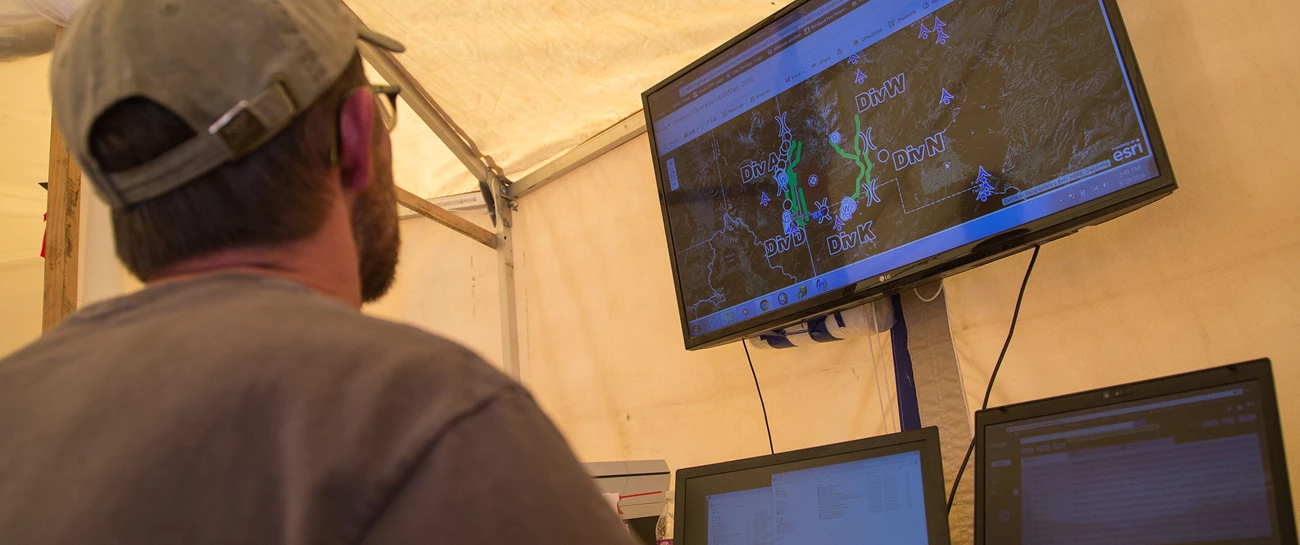
NPS/N HERBERT
Geographic Information Systems (GIS) Specialist
Geographic Information System (GIS) specialists within the realm wildland fire management are responsible for the management of geographic data across the spectrum of fire management – from daily operations to long-term programmatic planning. They work closely with fire effects monitors, fire planners, and fire managers with all aspects of wildland fire, from pre-incident to incident response.
They are responsible for ensuring firefighters are making the most informed decisions using the best available data. To do this, they must be familiar with satellite imagery, web-based maps, analyzing data, as well as be able to train others in field data collection. GIS technology that they use includes software like Esri AGOL (ArcGIS Online) and FME (Feature Manipulation Engine), for spatial analysis, mapping, and data visualization in the management of wildland fires.
Using remote sensing tools such as satellite imagery, aerial photography, and uncrewed aircraft systems (UAS or drones), they monitor fire progression and assess its impact, while GPS devices provide accurate location data for incidents, resources, and personnel tracking.
Real-time communication systems, mobile mapping apps, and database management tools help with management coordination and decision-making. Integration with weather monitoring and advanced communication contributes to efficient wildfire management.
Working in Fire GIS is rewarding as it allows professionals to apply cutting-edge technology to address critical challenges, aiding in effective decision-making and contributing to the overall safety and success of wildland fire management efforts.
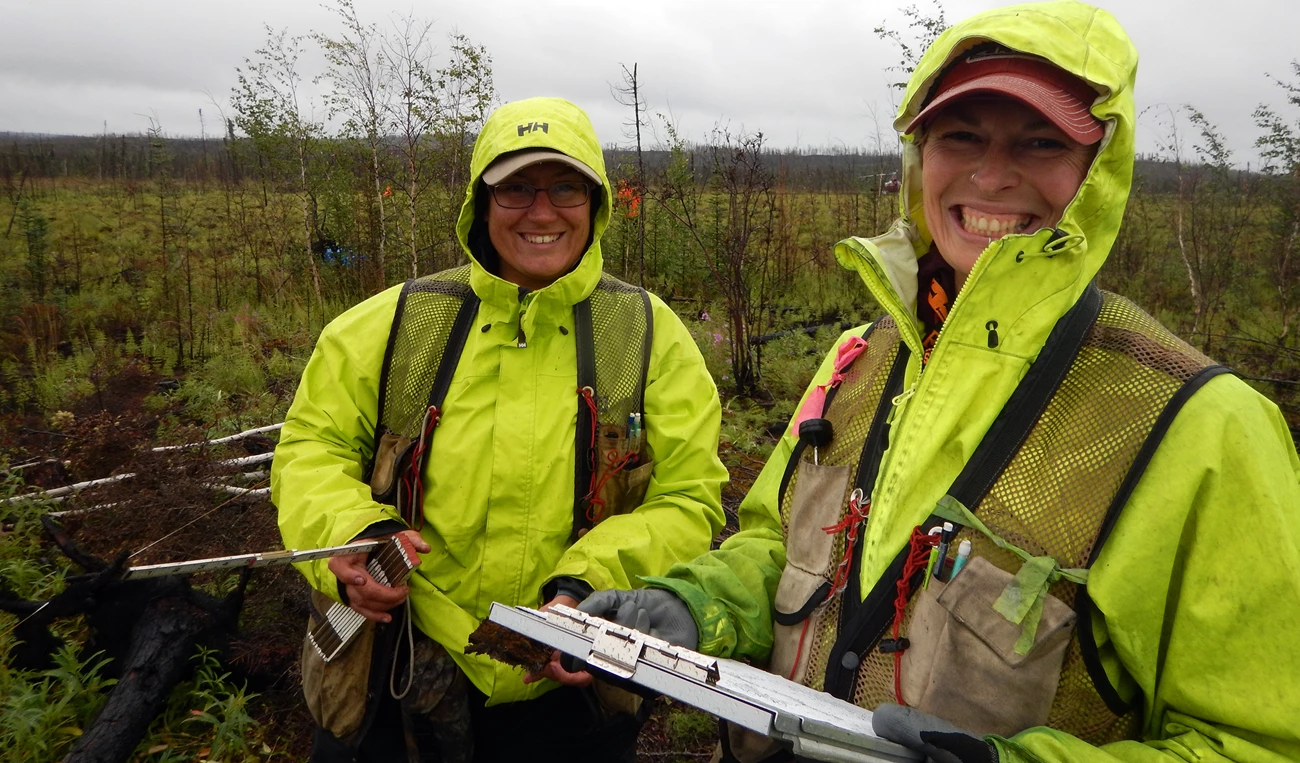
NPS
Fire Effects Monitor
The work of fire effects monitors help wildland fire managers make sound management decisions about prescribed fires, the effects of fire on native habitats and species are documented and analyzed. This information is gathered through methodical scientific surveys of monitoring plots within each of prescribed burn unit in a national park unit.
Fire effects monitors gather a variety of information, including size and species of trees, measurements of leaf litter and duff, and quantities of herbaceous plant species. This data, known as "fire effects data", is collected at specific intervals before and after a prescribed burn, so that comparisons can be made by analyzing the changes in vegetation. Desired future conditions have been established for each prescribed burn unit and the analysis of the fire effects data helps managers determine if those goals are being met.
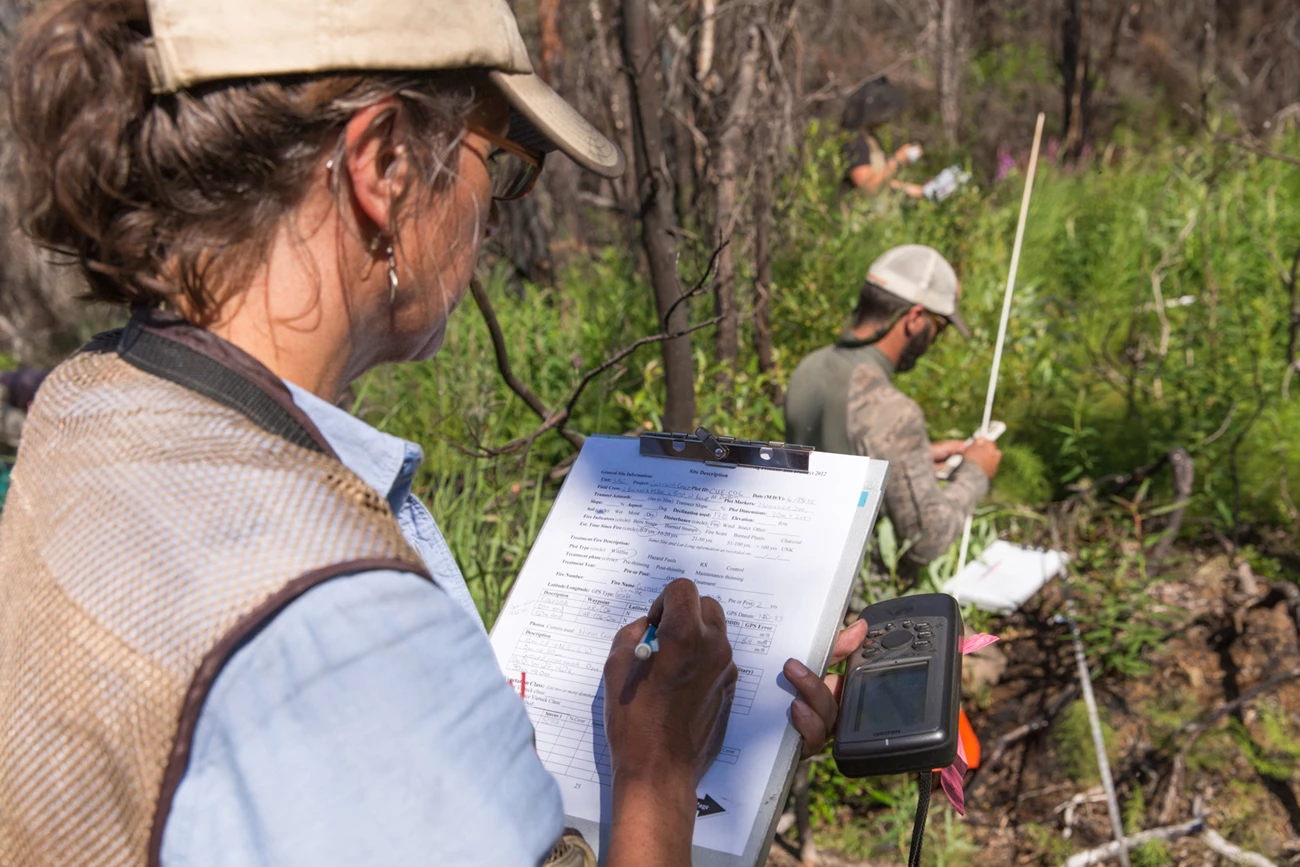
NPS/Y MATSUI
Fire Ecologist
Fire ecologists provide science-based information to guide fire and land management planning, decisions and practices in order to maintain and understand fire-adapted ecosystems. They seek to understand an ecosystem, which requires looking beyond the system’s present state. Full understanding includes an investigation of the ecosystem’s origin, possible future stages of the ecosystem, and the cycles through which the ecosystem progresses.
